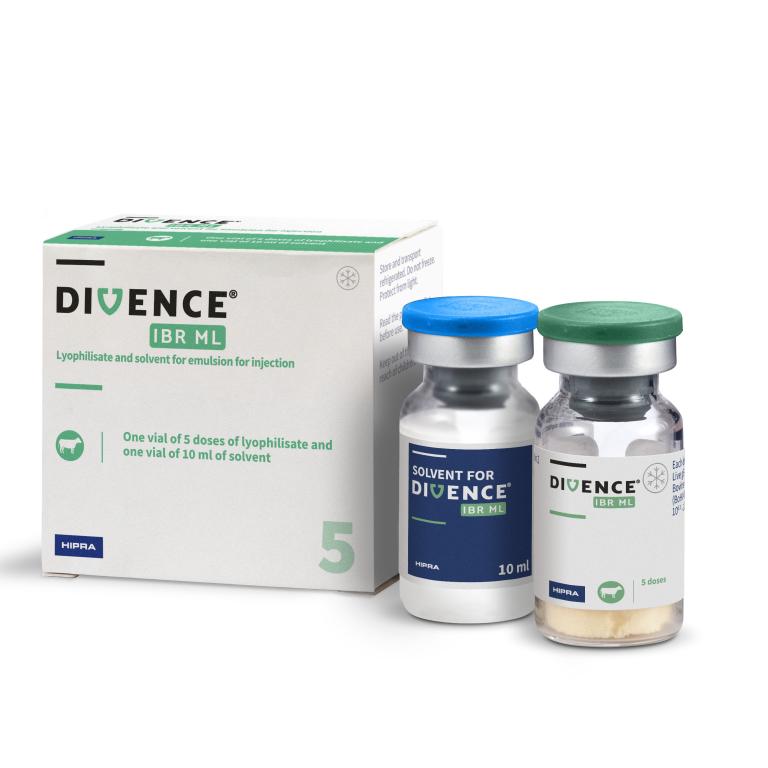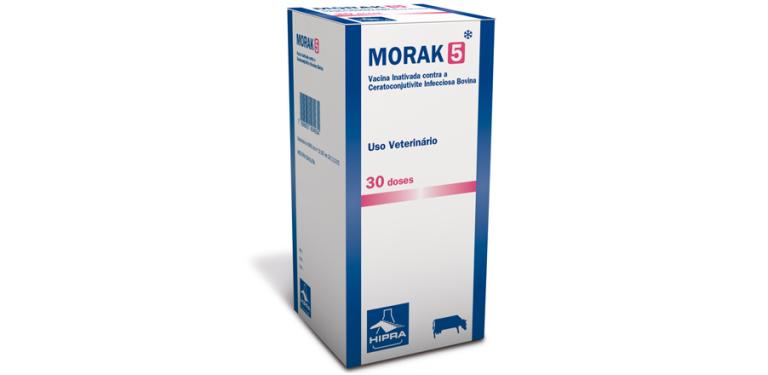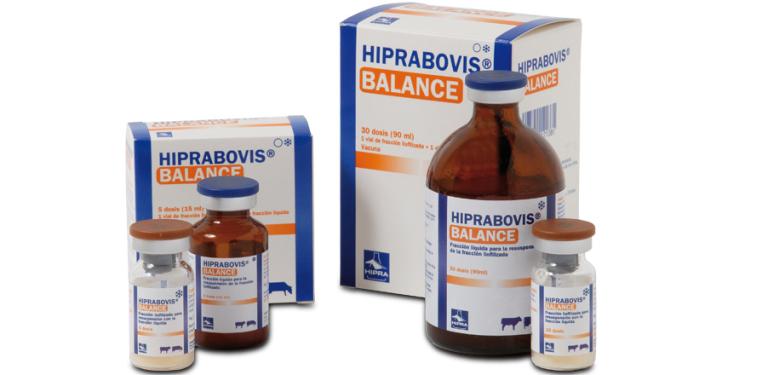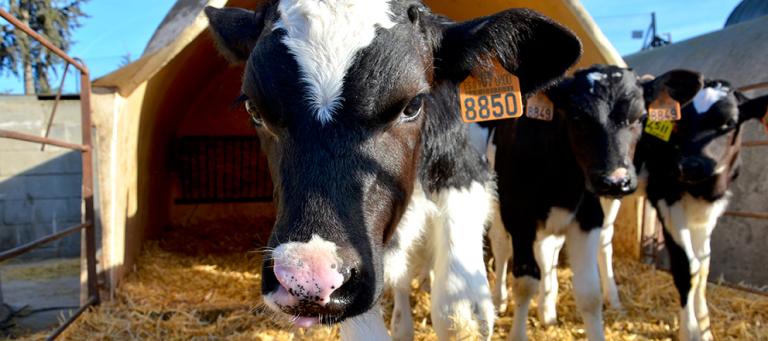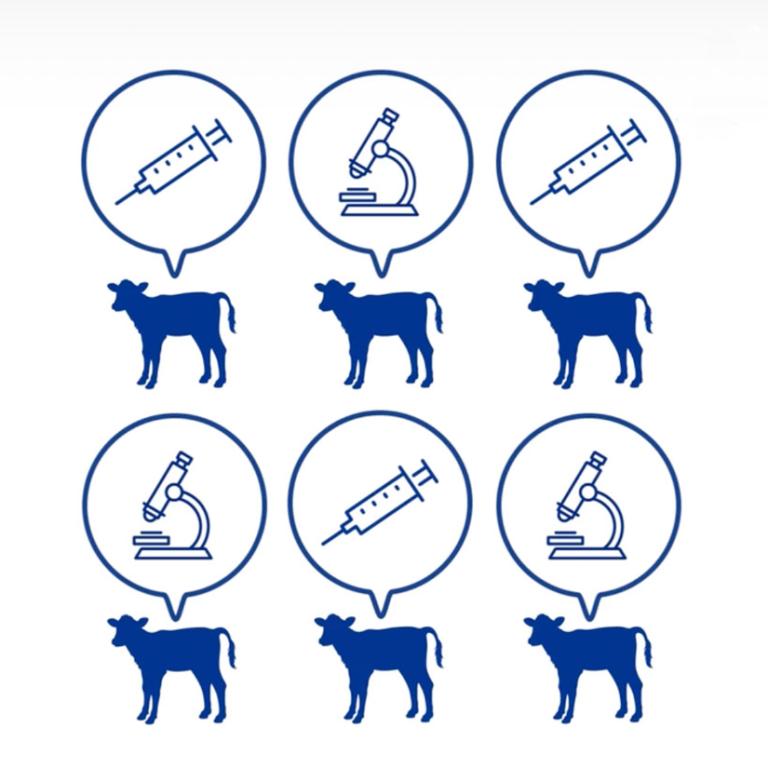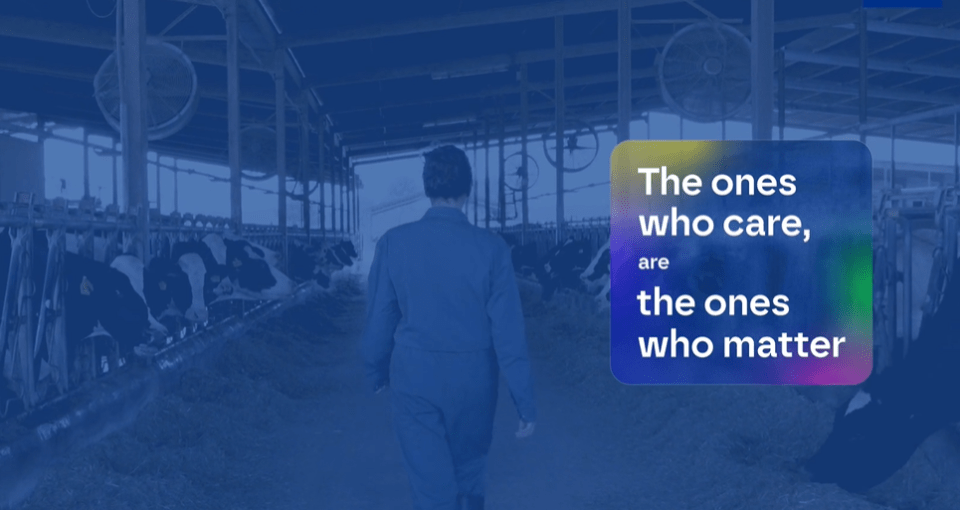Monitoring the dynamic nature and magnitude of the mastitis challenge, prevalence and incidence within the modern dairy herd is becoming common place around the developed dairy industries of the world. The iterative process of regular interpretation of prevalence data (Individual Cow Somatic Cell Counts [ICSCC]), incidence data (Clinical Mastitis Records) and how these data change over time both within lactation and over the dry period can give much information about the transmission patterns and likely origin and duration of intramammary infections within a dairy herd
Observation of mastitis parameters in farms using a polyvalent mastitis vaccine
Publications
Cattle
In this longitudinal study during three years of using a polyvalent mastitis vaccine despite some short lived fluctuations an improvement in the clinical mastitis and ICSCC was observed. It is important to remark that better results are obtained after 6 months using the rolling protocol - in common with other studies as the improvements take time to accumulate. Vaccination is a valuable tool to control S. aureus infections but it is important to remember that as with any control tool, vaccination is not a panacea and consistent good mastitis management is essential.
